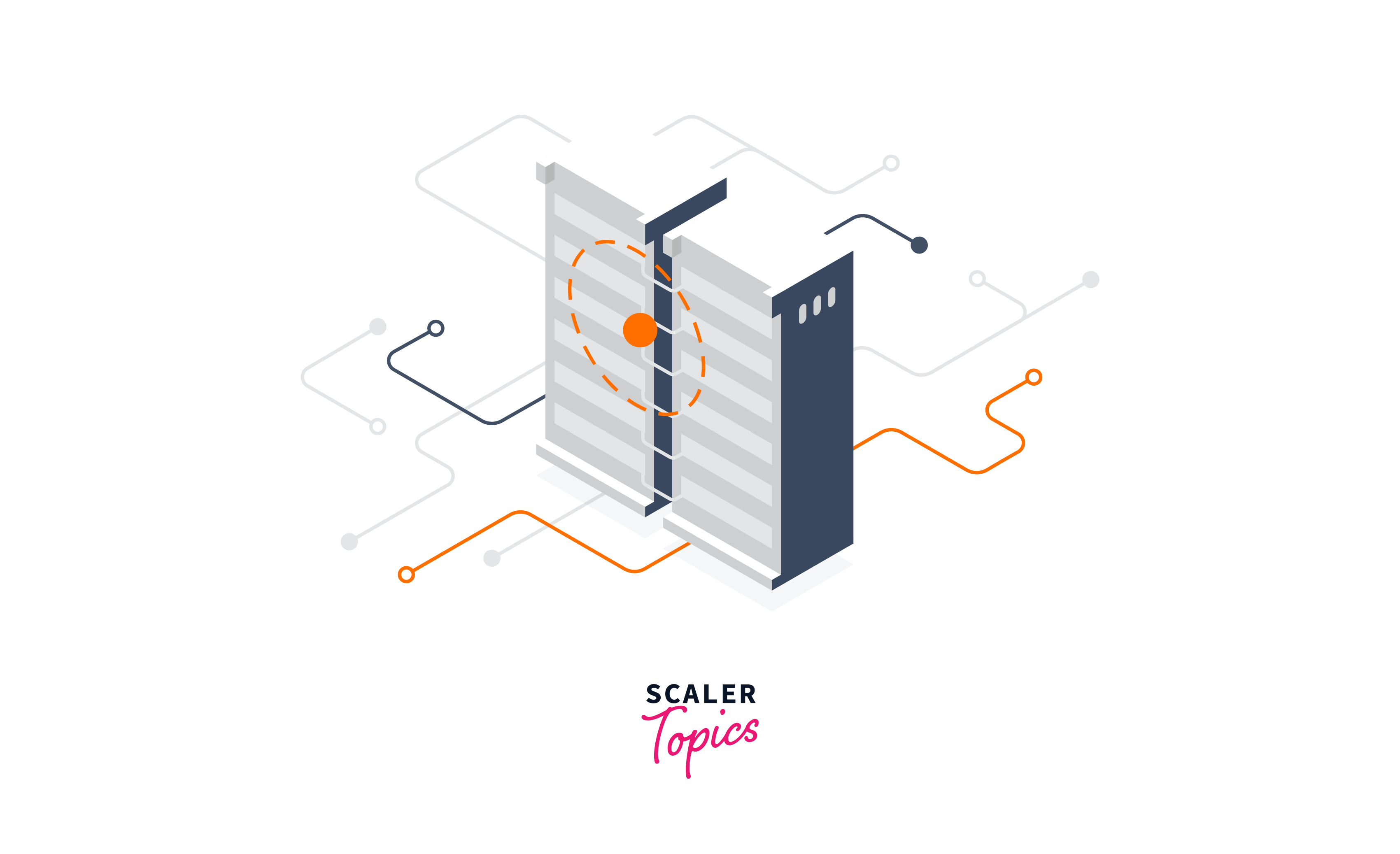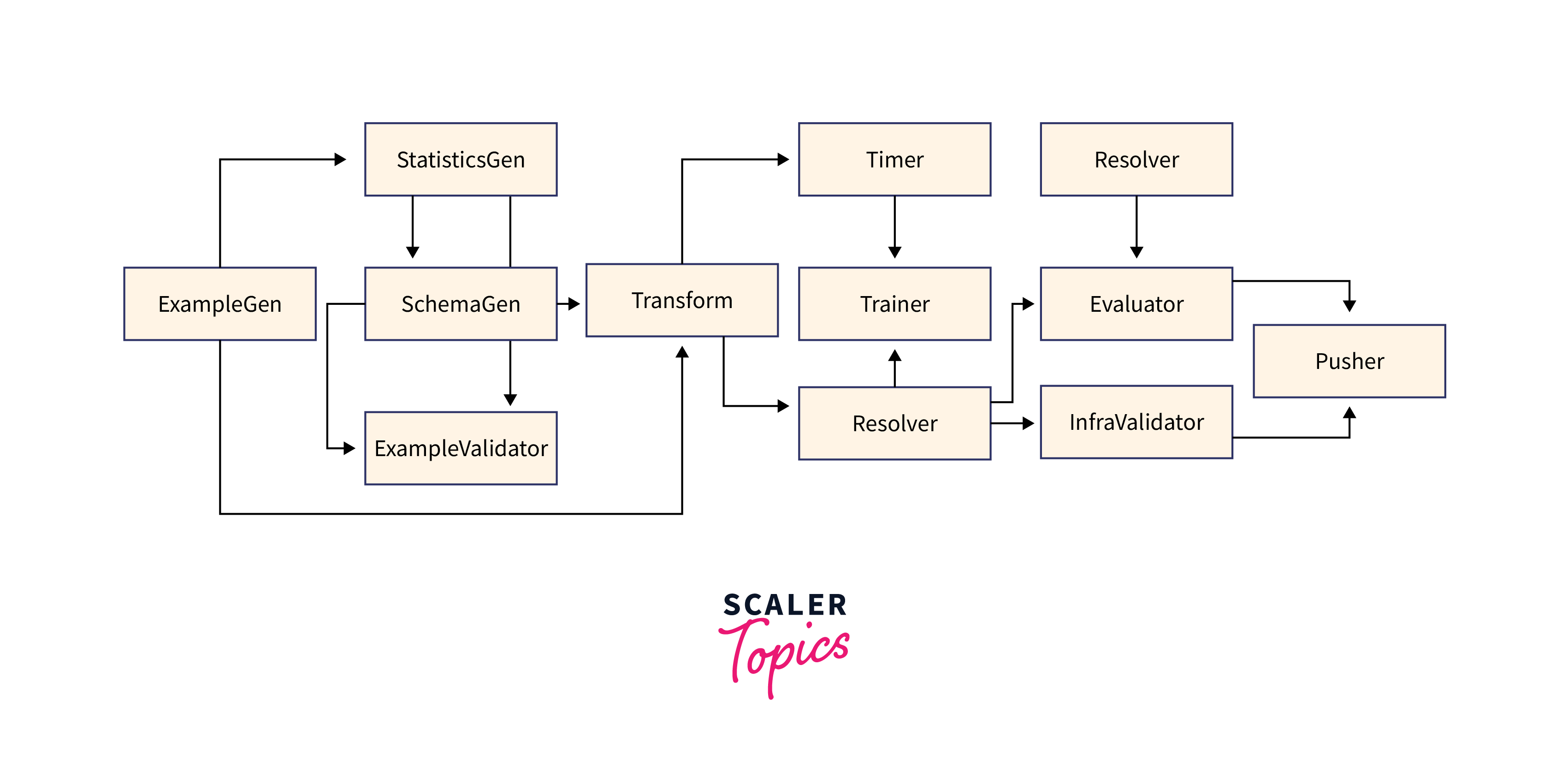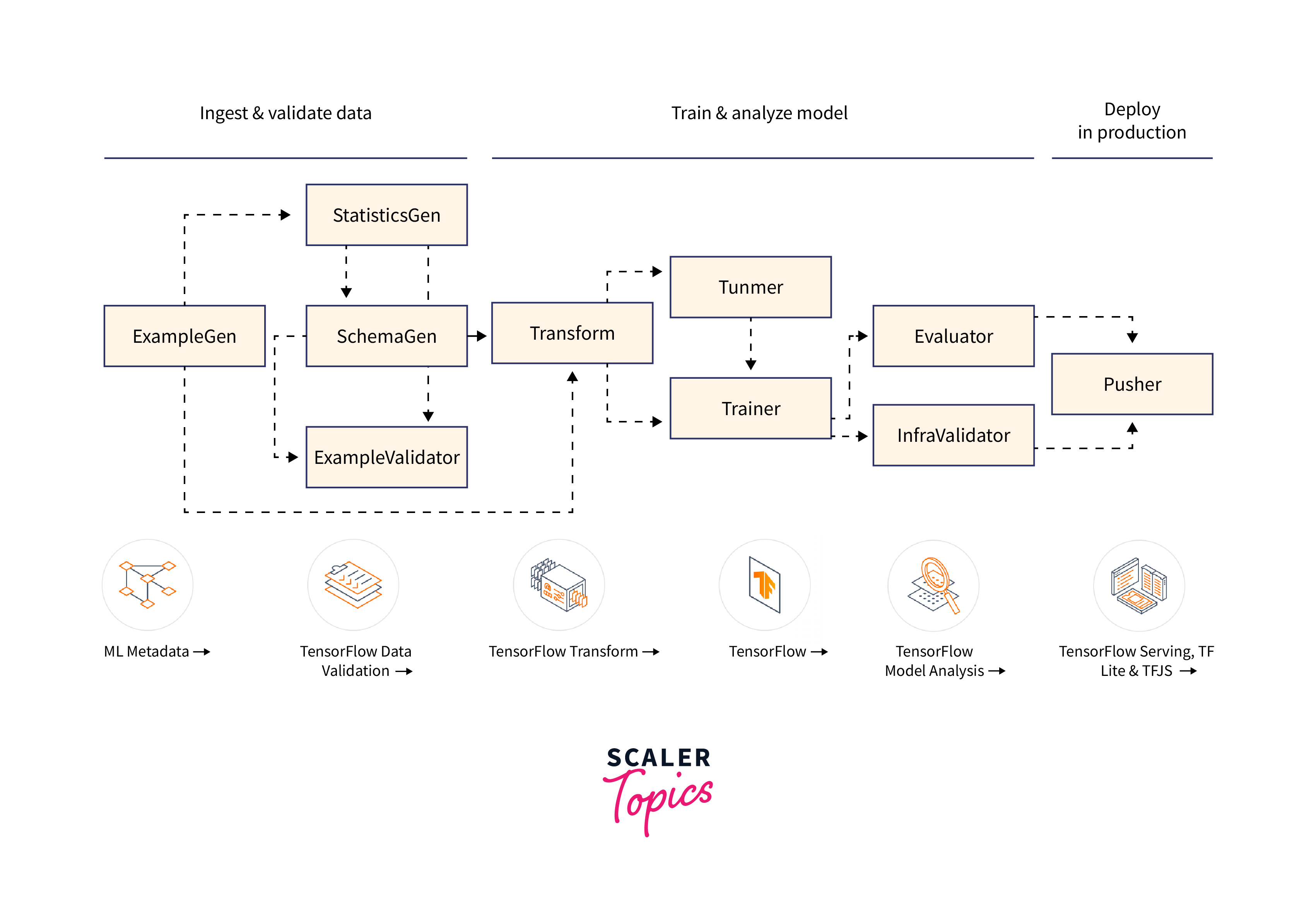Tensorflow Extended
Overview
TensorFlow Extended (TFX) is a powerful open-source platform developed by Google that aims to simplify the process of deploying production-ready machine learning (ML) models. TFX provides a comprehensive set of tools and libraries that facilitate the creation of end-to-end ML pipelines, covering data validation, feature engineering, model evaluation, and model serving. By integrating all these components seamlessly, TFX streamlines the development and deployment of ML models in real-world scenarios.
This article will take an in-depth look at TensorFlow Extended, exploring its key components and how they work together to enable efficient ML pipeline development. We will also demonstrate how TFX can be used to build an end-to-end ML pipeline using the popular Iris dataset and a ResNet model.

What is TensorFlow Extended (TFX)?
TensorFlow Extended (TFX) is an end-to-end platform for deploying production ML pipelines. It provides a set of pre-built components that help automate the entire ML workflow, making it easier for developers and data scientists to build and deploy ML models in production environments. TFX is built on top of TensorFlow, Google's popular open-source ML library, and leverages its strengths in training and deploying ML models.
TFX promotes best practices for ML development, such as data validation, data preprocessing, and model evaluation, which are often overlooked in the rush to build models. By addressing these critical steps, TFX ensures the robustness and reliability of ML models in production.
Set Up TensorFlow Extended (TFX)
Before diving into the various components of TFX, let's set up the required environment. We assume that you have already installed Python and TensorFlow. To install TFX, run the following command:
With TFX installed, we are now ready to explore its key components.
Data Validation with TensorFlow Data Validation
Data validation is a crucial step in any ML pipeline. It ensures that the data used for training and evaluation is of high quality, consistent, and follows the expected schema. TensorFlow Data Validation (TFDV) is a component of TFX that helps with this process.
TFDV allows us to compute descriptive statistics of the dataset, detect anomalies, and visualize the data distribution. Let's demonstrate this with the Iris dataset, a popular dataset for classification tasks.
The generate_statistics_from_dataframe() function computes the dataset statistics, and visualize_statistics() generates visualizations based on those statistics. This analysis helps in understanding the data and identifying any data anomalies.
Feature Engineering with TensorFlow Transform
Feature engineering is the process of transforming raw data into a format suitable for model training. TensorFlow Transform (TFT) is a TFX component designed to perform this task efficiently.
TFT provides functionalities like data preprocessing, feature scaling, and feature crossing. It operates in a two-step process: the first step computes the necessary transformation statistics from the training data, and the second step applies these transformations to the entire dataset.
Let's see how to use TensorFlow Transform with the Iris dataset:
The preprocessing_fn() defines the transformations to be applied to each feature. In this example, we perform feature scaling using z-scores. The tft.scale_to_z_score() function scales the features to have zero mean and unit variance.
Model Evaluation with TensorFlow Model Analysis
Model evaluation is crucial to assess the performance of an ML model on unseen data and identify areas for improvement. TensorFlow Model Analysis (TFMA) is a component of TFX that provides tools for evaluating model performance.
TFMA computes various evaluation metrics such as accuracy, precision, recall, and more. It also generates visualizations, like confusion matrices and calibration plots, to aid in understanding the model's behavior.

To perform model evaluation, we first need to train a model. For this example, we'll use the ResNet model from TensorFlow's tf.keras.applications.
Now, let's use TFMA to evaluate the model's performance:
In this example, we
trained a ResNet model for the Iris dataset and evaluated its performance using TFMA. We used the Sparse Categorical Accuracy metric to measure the model's accuracy.
Model Serving with TensorFlow Serving
After building and evaluating the model, the next step is to serve it for real-world use. TensorFlow Serving is a component of TFX that handles model deployment and serving.
TensorFlow Serving allows us to deploy our trained models as scalable and high-performance endpoints, making them accessible to other applications or services. It supports both RESTful API and gRPC endpoints, enabling easy integration with various platforms.
To serve the previously trained ResNet model using TensorFlow Serving:
Now, the model is served on port 8501 and can be accessed through the REST API.
Building an End-to-End ML Pipeline with TensorFlow Extended (TFX)
Having covered the individual components of TFX, let's build an end-to-end ML pipeline that includes data validation, feature engineering, model evaluation, and model serving.

For this pipeline, we'll use the Iris dataset and follow these steps:
-
Data Preparation:
Load the Iris dataset and split it into training and testing sets. -
Data Validation:
Use TensorFlow Data Validation to analyze and visualize the dataset. -
Feature Engineering:
Use TensorFlow Transform to preprocess the data. -
Model Training:
Train the ResNet model on the transformed data. -
Model Evaluation:
Evaluate the trained model using TensorFlow Model Analysis. -
Model Serving:
Serve the trained ResNet model using TensorFlow Serving.
Congratulations! You have now built an end-to-end ML pipeline using TensorFlow Extended (TFX), from data validation and feature engineering to model evaluation and serving.
Conclusion
- TensorFlow Extended (TFX) is a powerful platform that simplifies the development and deployment of production ML pipelines.
- By providing pre-built components for data validation, feature engineering, model evaluation, and model serving, TFX streamlines the ML workflow and ensures the reliability of ML models in real-world scenarios.
- With TFX, organizations can build scalable and robust ML solutions that drive value and insights from data.
